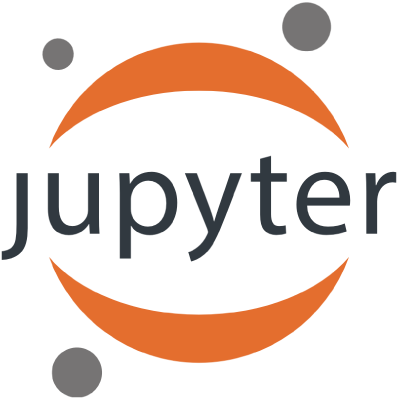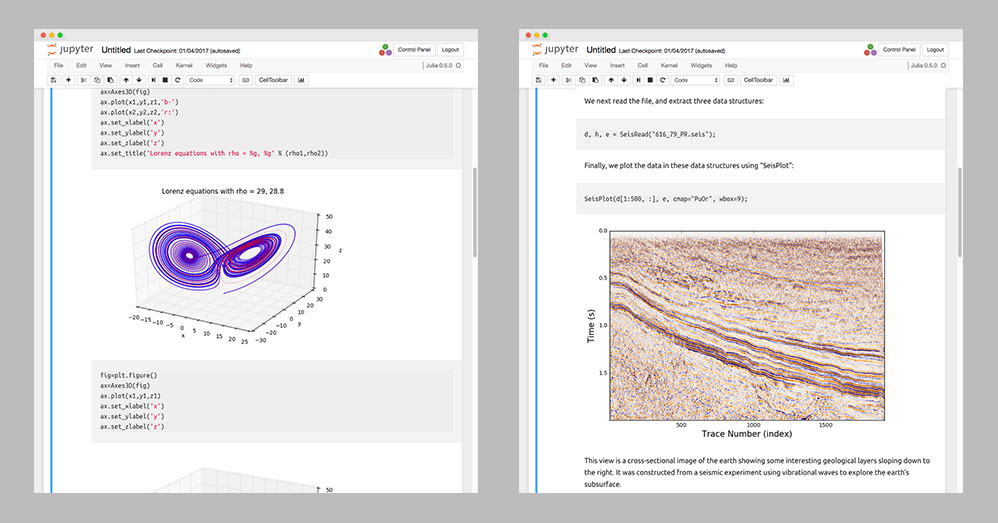About Callysto
Callysto is a free, multimodal learning program for grades 5-12 students in Canada. The program is part of a two-year pilot project by Cybera and the Pacific Institute for Mathematical Sciences (PIMS), who received funding from the federal government’s CanCode program to build and employ new technologies that promote digital literacy and help Canada’s youth develop the foundational skills required to become the future drivers of innovation.
Callysto integrates research and analytics capabilities, along with other computing functions, such as coding, interactive graphics, multimedia, and digital math functions to foster students’ computational and design thinking skills. The online tool’s interactive learning modules are available in an array of subjects – from math to history – and have been developed to align with curriculum.
What can students do with Callysto?
- Create, modify and share modules, assignments and reports through a single platform
- Connect to relevant open data sources to develop their analytical and intrinsic inquiry skills
- Differentiate their learning and present their findings through a variety of media, including video, infographics and audio recordings
- Play with live programming code
- Experiment with interactive graphics
- Gain experience in a university-level learning platform
- Much more
Program Benefits for Teachers
- Free technology, training and support
- Provides an evergreen tool that promotes design thinking and stimulates students’ curiosity
- Streamlines data analysis, word processing, graphical tools and presentations into one platform
- Enables differentiation in student assessment (i.e. provides for formative assessments)
- Accessible from any web-enabled device
- Helps develop relevant digital skills
- Curriculum-based applications covering a variety of subject areas
- Instant results and live feedback
- Much more
The Callysto program provides free access to the technology, teacher training, and follow-up support. Additionally, teachers’ substitute fees can be covered by the program.
More About Callysto’s Partners
Cybera is a not-for-profit technology-neutral organization responsible for driving Alberta’s economic growth through the use of digital technology. Its core role is to oversee the development and operations of Alberta’s cyberinfrastructure – the advanced system of networks and computers that keeps government, educational institutions, not-for-profits, business incubators, and entrepreneurs at the forefront of technological change.
The Pacific Institute for the Mathematical Sciences (PIMS) is a collaborative network dedicated to the promotion of discovery, understanding and awareness in the mathematical sciences. PIMS brings together leading researchers from major Universities across western Canada, as well as the University of Washington, and is a Unité Mixte Internationale of the National Center for Scientific Research (Le Centre national de la recherche scientifique, CNRS).
The CanCode program, managed by Innovation, Science and Economic Development Canada, will invest $50 million over two years, starting in 2017-18, to support initiatives providing educational opportunities for coding and digital skills development to Canadian youth from kindergarten to grade 12 (K-12). It also supports initiatives that provide K-12 teachers with the training and professional development they need to introduce digital skills, coding and related concepts into the classroom.
Innovation, Science and Economic Development Canada | @ISED_CA
Jupyter: Callysto’s Powerful Computing Platform
Jupyter is an integrative application that incorporates math, science and engineering tools, along with communication and visualization resources, in one web-based platform. Simply put: It enables a broad suite of computing capabilities, including the development of computational thinking and digital literacy, on any device that has an internet connection. Jupyter is being developed as an open source project and is available freely for anyone to use.
Cybera and the PIMS have teamed up to increase access to, and awareness of, Jupyter. Cybera is hosting the Jupyter platform on its Rapid Access Cloud, and is offering free access and support to Canada’s public and innovation sectors.

What are Jupyter Notebooks?
upyter notebooks are what Callysto refers to as “learning modules”. They represent the next generation for learning and teaching computational thinking skills. It allows users to seamlessly intertwine lines of code withfully formatted text, images, and visualizations, making it ideal for literate programming. Jupyter notebooks are fully available on any modern text browser, making them accessible via any device and requiring no additional software installation.

Using Jupyter Notebooks in the Classroom
We believe Jupyter notebooks have broad applications in the classroom, with the most prominent being for student assignments and the creation of interactive textbooks. Teachers can deliver assignments that are self-contained within a Jupyter notebook and students can work directly inside the assignment: completing their written descriptions, performing calculations, and submitting their final work all within the same notebook. This allows the teacher to follow a student’s thought process in its raw form, helping them assess the level of understanding, as well as potential problem areas.
Jupyter notebooks can also be used to create interactive textbooks. It allows content authors to seamlessly combine fully formatted text ”” along with active computer code, images, and links to media such as videos ”” all in one online resource. Students working through the materials are able to read through the concepts along with the lines of code. Importantly, it gives students the capacity to step into the textbook to either experiment with the code, for example to try a new formula or build off of the existing material, or simply annotate the textbook based on their own thoughts.



